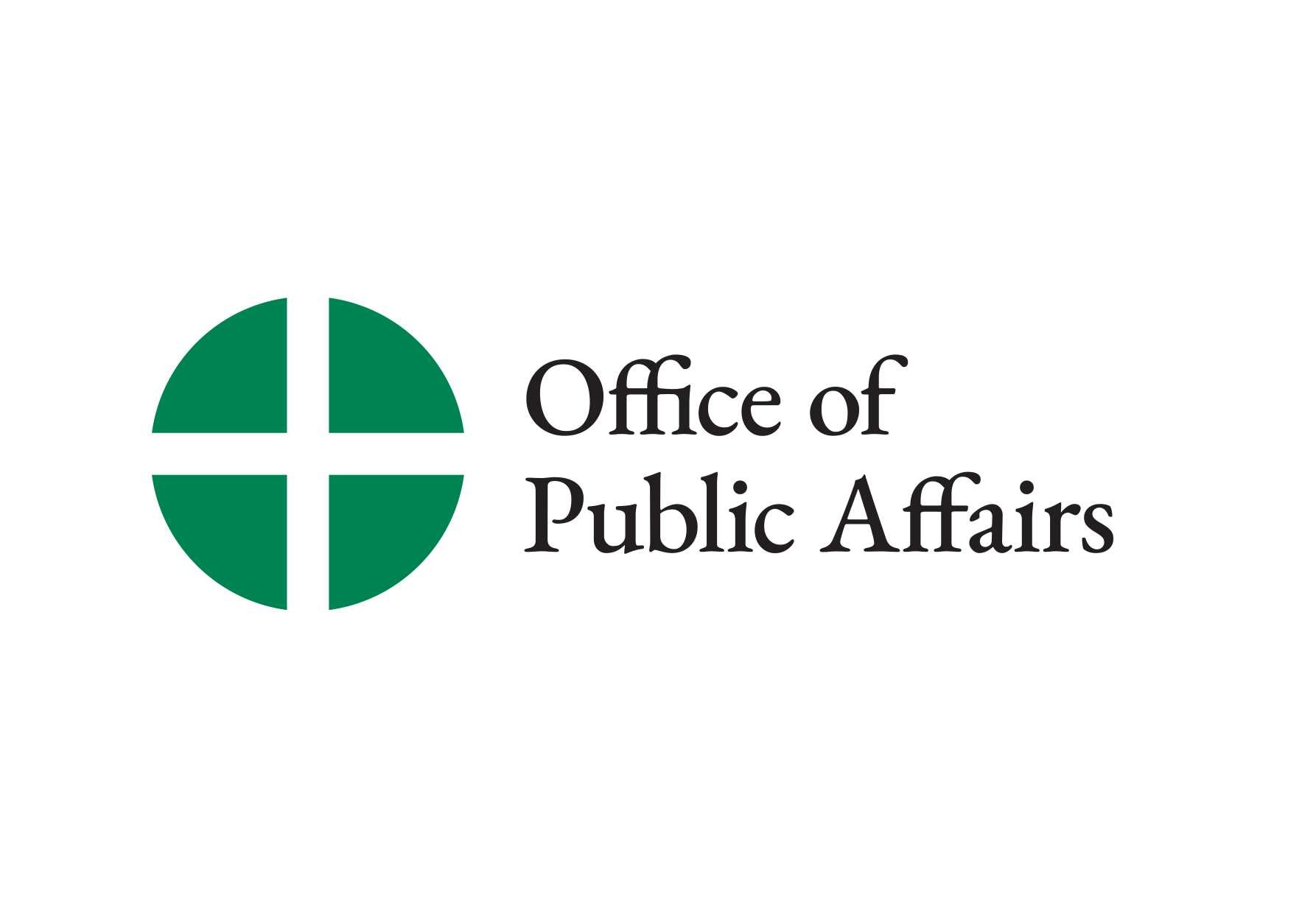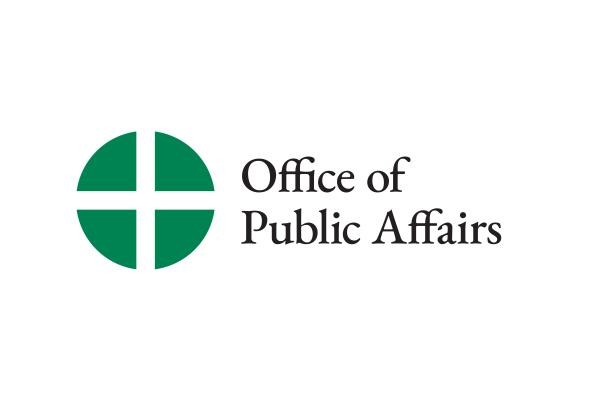U.S. Bishops to Elect New Conference President and Vice President at November Plenary Assembly
The president and vice president are elected from a slate of 10 candidates who have been nominated by their fellow bishops.

WASHINGTON – When the U.S. bishops gather in November for their Fall Plenary Assembly, November 10-13, they will elect the next president and vice president for the U.S. Conference of Catholic Bishops (USCCB).
The president and vice president are elected from a slate of 10 candidates who have been nominated by their fellow bishops. They are as follows (in alphabetical order):
- Bishop Robert E. Barron, Diocese of Winona-Rochester
- Archbishop Paul S. Coakley, Archdiocese of Oklahoma City
- Bishop Daniel E. Flores, Diocese of Brownsville
- Archbishop Richard G. Henning, Archdiocese of Boston
- Bishop David J. Malloy, Diocese of Rockford
- Archbishop Nelson J. Pérez, Archdiocese of Philadelphia
- Bishop Kevin C. Rhoades, Diocese of Fort Wayne-South Bend
- Archbishop Alexander K. Sample, Archdiocese of Portland in Oregon
- Archbishop Charles C. Thompson, Archdiocese of Indianapolis
- Archbishop Edward J. Weisenburger, Archdiocese of Detroit
The president and vice president are elected to three-year terms, which begin at the conclusion of this year’s Plenary Assembly. At that time, Archbishop Timothy P. Broglio of the Archdiocese for the Military Services, USA, and Archbishop William E. Lori of Baltimore, will complete their terms as president and vice president, respectively.
The by-laws of the USCCB provide that the first election is that of the president by simple majority vote of members present and voting. Following the election of the president, the vice-president is elected from the remaining nine candidates. In either election, if a candidate does not receive more than half of the votes cast on the first ballot, a second vote is taken. If a third round of voting is necessary, that ballot is a run-off between the two bishops who received the most votes on the second ballot.
During the meeting, the bishops will also vote for new chairmen of six USCCB standing committees: Committee on Canonical Affairs and Church Governance; Committee on Ecumenical and Interreligious Affairs; Committee on Evangelization and Catechesis; Committee on International Justice and Peace; Committee on the Protection of Children and Young People; and the Committee on Religious Liberty. The six committee chairmen elected will serve for one year as chairman-elect before beginning a three-year term at the conclusion of the bishops’ 2026 Fall General Assembly. Should any of the candidates for committee chairmanship be elected to fill to a higher office, the bishops’ Committee on Priorities and Plans will convene to nominate a new candidate for that committee.
###
Media Contacts:
-
Chieko Noguchi

